
Current Design Trends: Sustainability Across Different Design Industries
An overview of some of the key sustainability trends influencing designers across different industries.
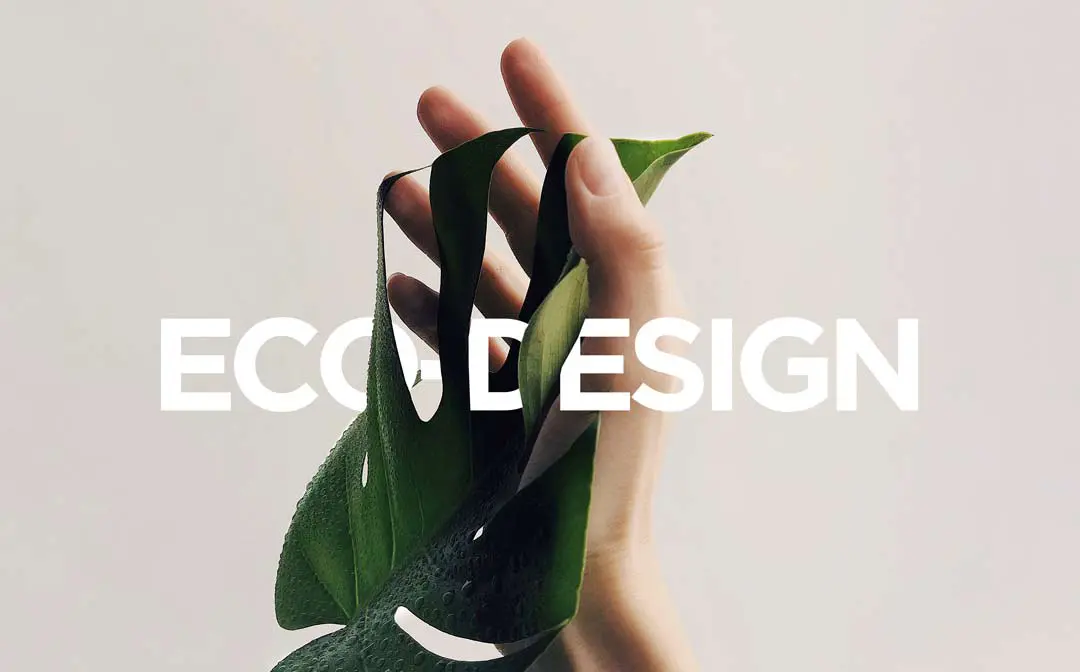
As consumers and clients become more conscious of the impact of their choices on the environment, current design trends across industries are also responding to evolving sustainable practices. The last 12 months in particular have been full of devastating events, from the Covid-19 pandemic to huge wildfires. These events have drawn attention to the urgency of climate change as well as revealing deeply rooted social inequalities. It has given many of us a chance to re-evaluate our priorities and reconnect with nature, and this is influencing a new wave of sustainable design trends for 2021 across all sectors.
Graphic design
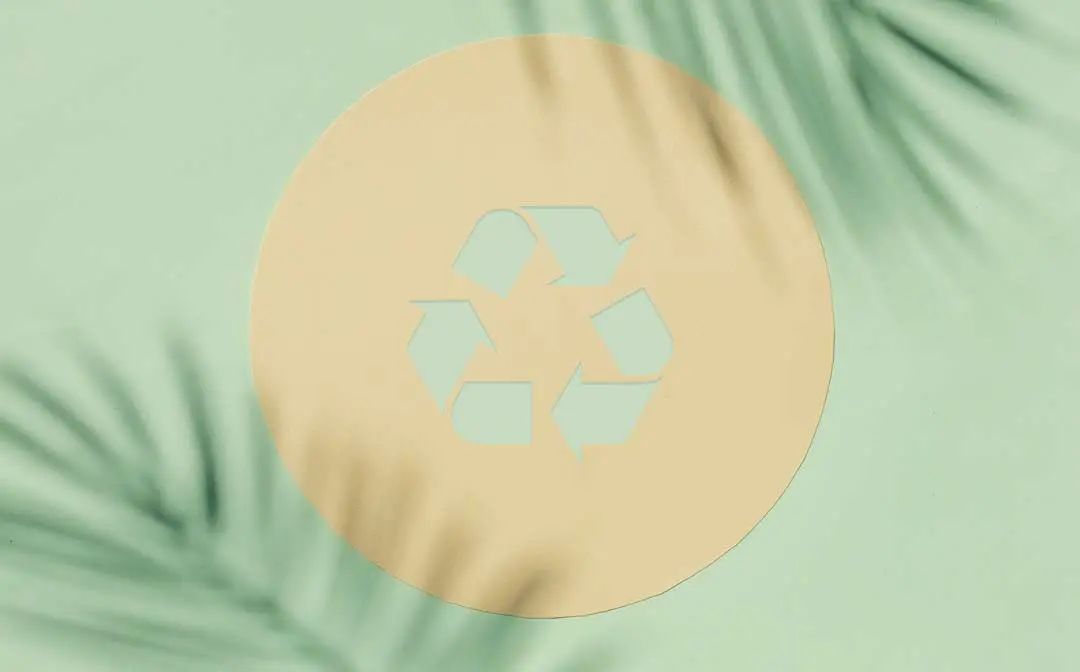
Although graphic design is largely done digitally, many of the results end up on printed products such as business cards or packaging so these must be sustainable. Using responsibly sourced, recycled and compostable materials is now a priority. But as well as the base material, it is important to ensure that the ink is not toxic and that it is plastic and metal-free where possible. There is also a move away from soft-touch finishes or metallic designs that won’t decompose. Visually, designs are heading towards a more positive and humanistic tone which reflects a desire to have more of a connection, both with nature and with other human beings.
Web design

Traditionally web design hasn’t been a focus for sustainability but there is an increasing awareness of the impact inefficient digital practices have on the environment. This runs from the data centers in which the servers sit through to the end user accessing the content. There is currently a focus on smarter, more efficient websites and applications. Automatically compressing downloads and using images rather than data-heavy content such as videos are examples of how this can be achieved. There is also a move towards green hosting options and carbon offsetting, such as the one we use at Quattro, Tree Nation. This makes websites CO2 neutral by calculating website emissions and planting trees to compensate.
Product design
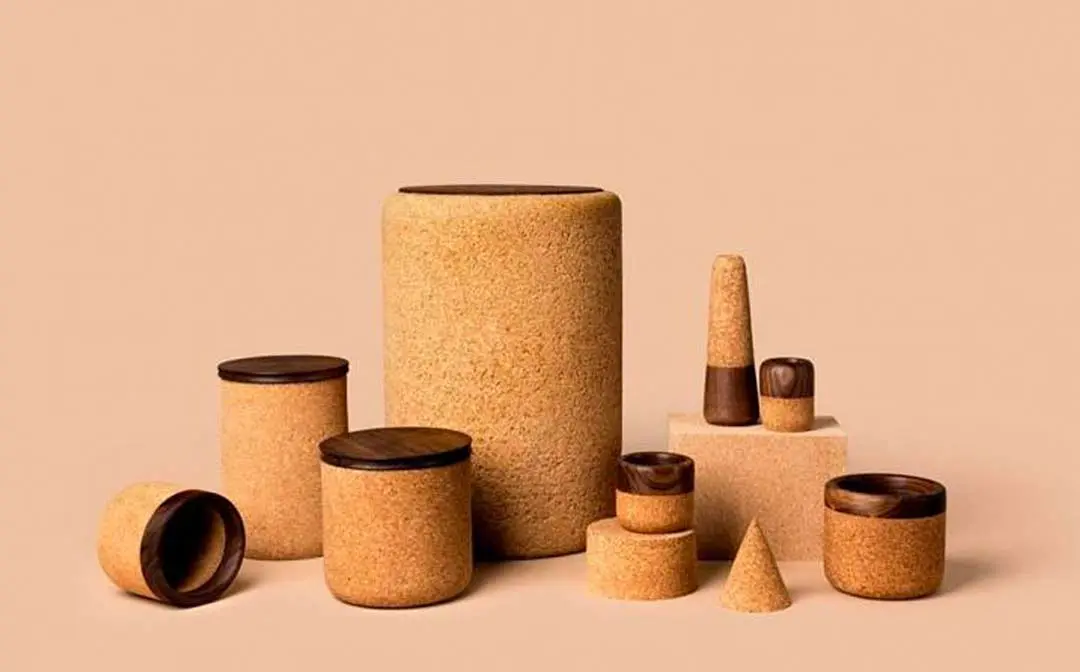
In product design, there is a definite emphasis on the entire life cycle of a product. Selecting materials that are made from recycled content can reduce the overall carbon footprint of a product by a significant amount. The materials used need to be fit for purpose, not just for its intended use but also for the shipping and storage processes. This might mean designing the package so that it can be easily stacked, allowing more products to fit onto one pallet, for example. But the materials also need to be easily recycled, reused or repurposed. This means reducing the different types of materials used, moving to single material products where possible. It also means looking at how the materials are fixed together, such as using snap clips rather than glue or screws. This all helps to reduce the complexity of dismantling a product in order to recycle or reuse it. Additionally, it could be something as simple as incorporating a message into the product design with ideas of what to do with the packaging once the product has been used.
Architecture & interior design
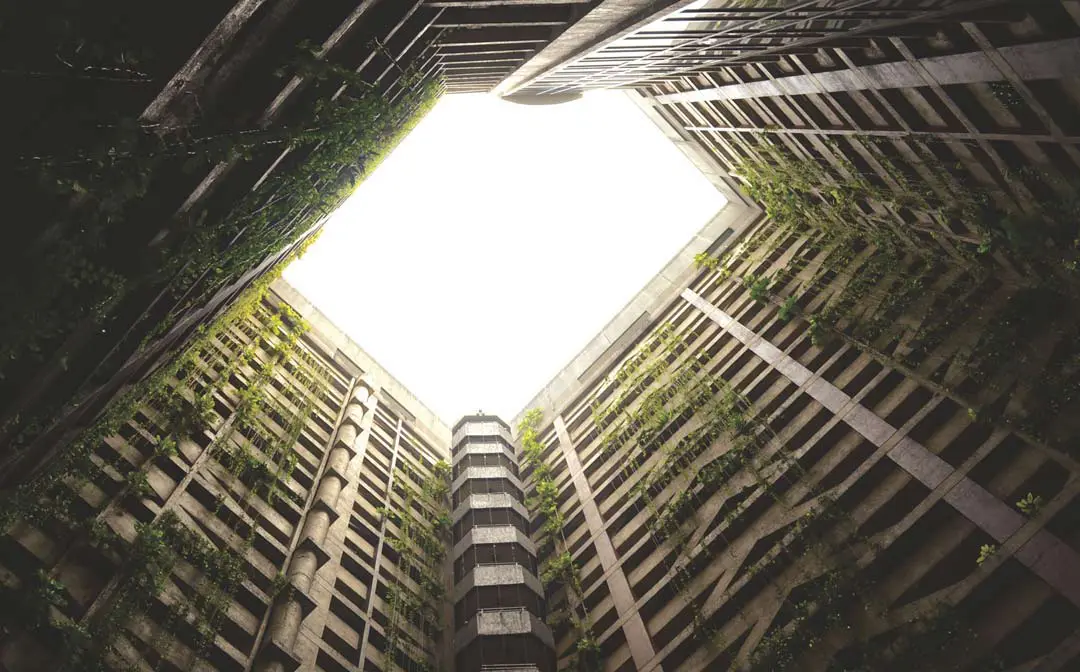
The use of sustainable design for eco-friendly buildings has been a growing trend over the last decade. But the events over the last year have increased the desire for biophilic design to create an atmosphere that mirrors nature and promotes health, happiness and well-being. In office environments, in particular, focusing on maximizing natural light, increased foliage and better air quality is essential. Interior designs are now also incorporating more quiet zones in which people can work uninterrupted, minimizing stress and creating a calmer environment. Similarly, in educational and healthcare environments there is a shift towards designing more restorative, beneficial experiences, including ones that promote positive social interactions. There is also a greater appreciation that resources are precious. This is leading to reusing and repurposing materials, as well as utilizing the natural surroundings, taking into account everything from local water sources to the prevailing winds. Increased awareness of the responsibility of organizations in fighting inequality is also influencing architecture. Human-centered, equitable architecture requires designers to take into account considerations around gender, race, disability and so on. This is reflected in one recent announcement by the American Institute of Architects prohibiting members from designing spaces that will be used for inhumane practices, such as torture or execution.
Photography
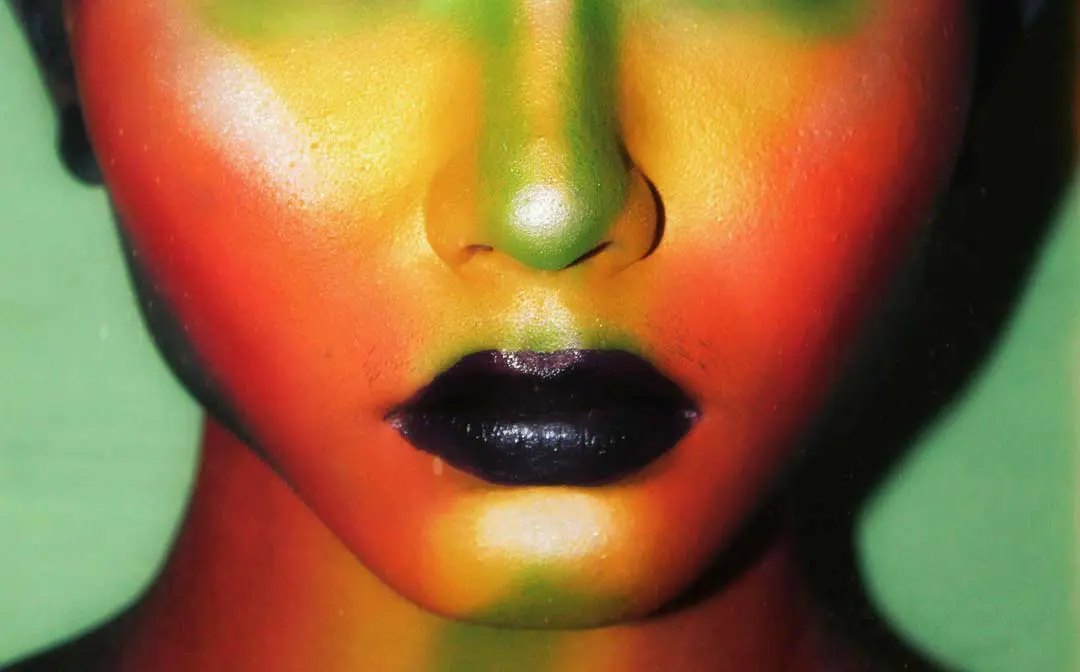
Equality and inclusivity are key trends in photography too. In response to a renewed focus on the importance of diversity, there is a strong trend towards ensuring photographic work represents all human beings, not just in terms of skin color and ethnicity but also in terms of ability, social class, body type, gender expression and sexuality.
Conclusion
It is clear that the past year’s events have influenced current sustainable design trends across different industries. Environmental considerations are still high on the agenda but there is also a more human-centered approach emerging which prioritizes health and wellbeing as well as diversity and equal rights. These aspects reflect the shift amongst society in general towards a more equitable, sustainable future and are consequently underpinning the creative work that designers are producing.
